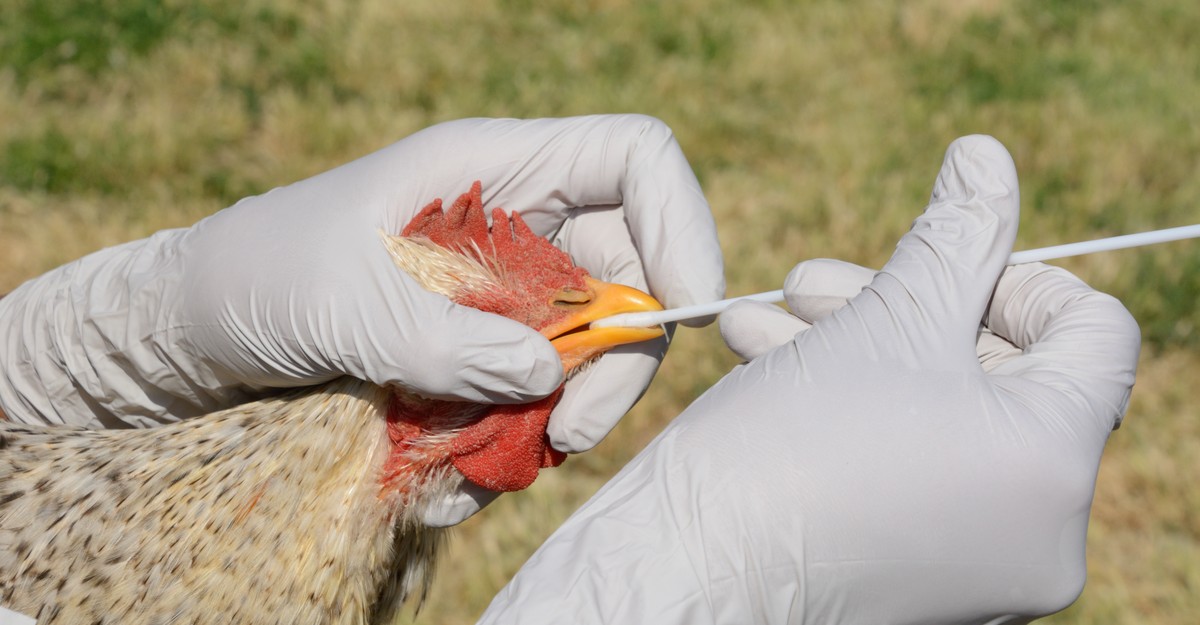Navigating the Threat: Understanding the Risks of Bird Flu
As concerns about bird flu resurface, it’s crucial to understand the implications of this virus for both avian and human health. Bird flu, or avian influenza, is caused by influenza viruses that primarily infect birds. However, certain strains can infect humans, leading to serious health risks. This comprehensive analysis delves into the potential threats posed by bird flu, the measures needed to mitigate its spread, and how we can best prepare for any future outbreaks.
The Nature of Bird Flu
Bird flu refers to a variety of influenza A viruses that primarily affect birds, particularly poultry. The most notorious strain, H5N1, gained global attention in the early 2000s due to its high mortality rate in humans. Although bird flu primarily spreads among birds, it can jump to humans and other animals, posing significant risks to public health.
It’s essential to recognize that not all avian influenza viruses pose a threat to human health. Many strains circulate in wild birds without causing disease in humans. The risk arises when these viruses mutate or reassort, potentially leading to new strains capable of human transmission.
Understanding the Risks to Human Health
The transmission of bird flu to humans occurs primarily through direct or indirect contact with infected birds or contaminated environments. Human cases have been reported following close contact with infected poultry, particularly in regions where the virus is endemic. Symptoms in infected humans can range from mild flu-like signs to severe respiratory illness, and in some cases, death.
Key factors that influence the risk of infection include:
- Geographic Exposure: Areas with high poultry density and ongoing outbreaks are at greater risk.
- Mutation Potential: The ability of the virus to mutate into a more transmissible form increases the threat level.
- Public Awareness: Understanding the risks and symptoms is crucial for early detection and response.
Current Landscape: Recent Outbreaks and Trends
In recent years, there have been several notable outbreaks of bird flu across the globe. These outbreaks highlight the ongoing threat of the virus and underscore the need for vigilance. For instance, in 2022, several countries reported outbreaks of H5N1 in poultry populations, leading to culling measures and increased monitoring of wild birds.
Moreover, the World Health Organization (WHO) continues to monitor human cases of bird flu closely. While human infections remain relatively rare, the persistence of the virus in bird populations and its potential to mutate necessitates constant surveillance and research. In 2023, reports indicated isolated cases of H5N1 in humans, prompting health authorities to reinforce preventive measures.
Preventive Measures and Mitigation Strategies
To navigate the threat of bird flu effectively, a multifaceted approach is essential. Here are some critical strategies:
- Surveillance: Increased monitoring of bird populations for early detection of outbreaks can significantly reduce risks.
- Poultry Vaccination: Vaccinating domestic birds against specific strains of the virus helps limit transmission.
- Public Health Education: Informing communities about the risks and symptoms of bird flu promotes early reporting and intervention.
- Biosecurity Measures: Implementing strict biosecurity protocols in poultry farms reduces the likelihood of infection.
- Research and Development: Investing in research to develop effective vaccines and treatments for avian influenza is vital.
Role of Governments and Health Organizations
Governments and international organizations play a crucial role in managing the risks associated with bird flu. Collaborative efforts are necessary to establish comprehensive surveillance systems and response strategies. The WHO and the Food and Agriculture Organization (FAO) have been instrumental in providing guidelines and support to countries in managing outbreaks.
Moreover, public health policies should focus on enhancing biosecurity in poultry farming, encouraging vaccination, and facilitating quick response mechanisms when outbreaks occur. Transparency in reporting cases and outbreaks is also vital to maintain public trust and ensure effective public health interventions.
What Individuals Can Do
While global and national strategies are essential, individual actions also contribute to mitigating the threat of bird flu. Here’s what you can do:
- Stay Informed: Keep updated on local health advisories and bird flu cases in your area.
- Avoid Contact: Stay away from sick or dead birds and do not handle them without proper protective equipment.
- Practice Hygiene: Wash hands frequently and avoid touching your face, especially after being in contact with birds.
- Report Sick Birds: If you observe sick or unusual behavior in birds, report it to local authorities.
The Importance of Preparedness
Preparedness is key to effectively navigating the threat of bird flu. This includes not only individual awareness but also community readiness to respond to potential outbreaks. Healthcare systems should have protocols in place for managing cases of bird flu, including timely diagnosis and treatment options.
Public health campaigns aimed at educating the population about avian influenza, its transmission, and preventive measures can significantly enhance community resilience. Additionally, fostering collaboration among governments, health organizations, and the agricultural sector is vital in creating a unified front against potential outbreaks.
Conclusion
As concerns about bird flu continue to evolve, understanding the risks and implementing effective strategies for prevention and response is crucial. By navigating the threat of bird flu with awareness, preparedness, and collaboration, we can mitigate the impact of this virus on human health. Continuous research, public health education, and proactive measures will play significant roles in ensuring that we are equipped to handle future outbreaks effectively. The time to act is now, as vigilance today can lead to a healthier tomorrow.
See more WebMD Network



